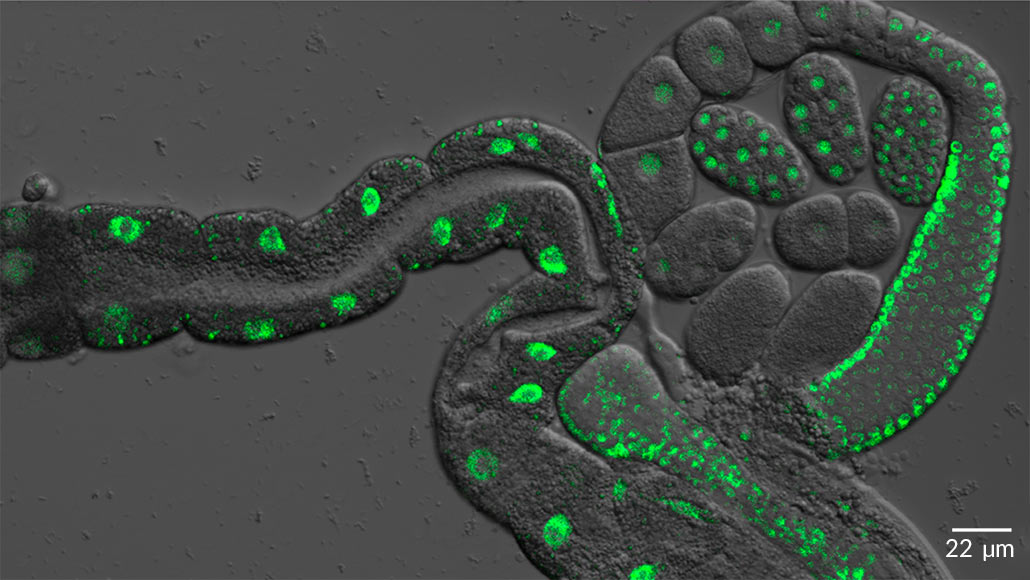In this article written by Dennis Thompson of HealthDay, published by USNews, the author discusses new research on a cell function-boosting mutation that could help protect even carriers of Alzheimer’s disease from developing it. The mutation causes cells to produce a more powerful version of the protein humanin, which protects against cellular aging.
Researchers examined over 500 participants, including people 100 years old or nearing 100, and their children. Of these people, they found that 12% of centenarians of Ashkenazi descent carried the P3S variant, which codes for higher levels of humanin.
They then turned to genetically engineered mice altered to carry the APOE4 gene associated with a higher risk of Alzheimer’s. Researchers treated the mice with PS3 gene-produced humanin. The mice then displayed a marked reduction in amyloid beta, the protein associated with Alzheimer’s that builds up in the brain and impairs cognitive function. This research suggests that the P3S variant may be a reason why carriers of the APOE4 gene avoid Alzheimer’s.
I found this research to be both fascinating and incredibly relevant to me. My grandmother died of Alzheimer’s, as have many of my other family members. Her caretakers were always giving her medications and I never understood how they helped. This research could lead to future treatments, and as there is a likelihood that I personally carry the APOE4 gene, I find it important to be well informed on the subject. Additionally, I believe it is important for all people to be educated on the disease. It is important to know the signs and symptoms, as dementia can be a common misdiagnosis before motor functions become impaired.
Article: Mutation Helps Even Carriers of 'Alzheimer's Gene' Avoid Alzheimer's
Additional Info: A rare mutation protects against Alzheimer's disease, Stanford-led research finds

















